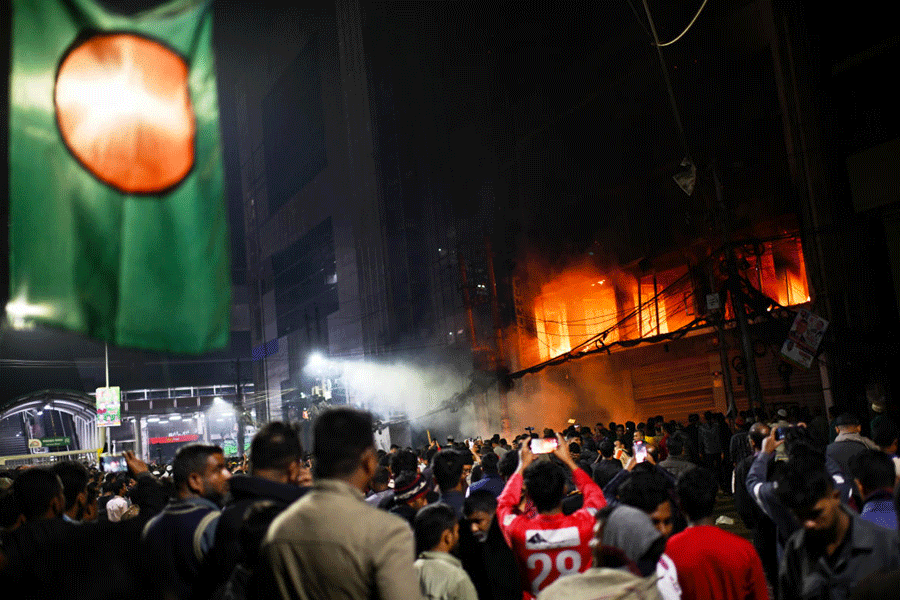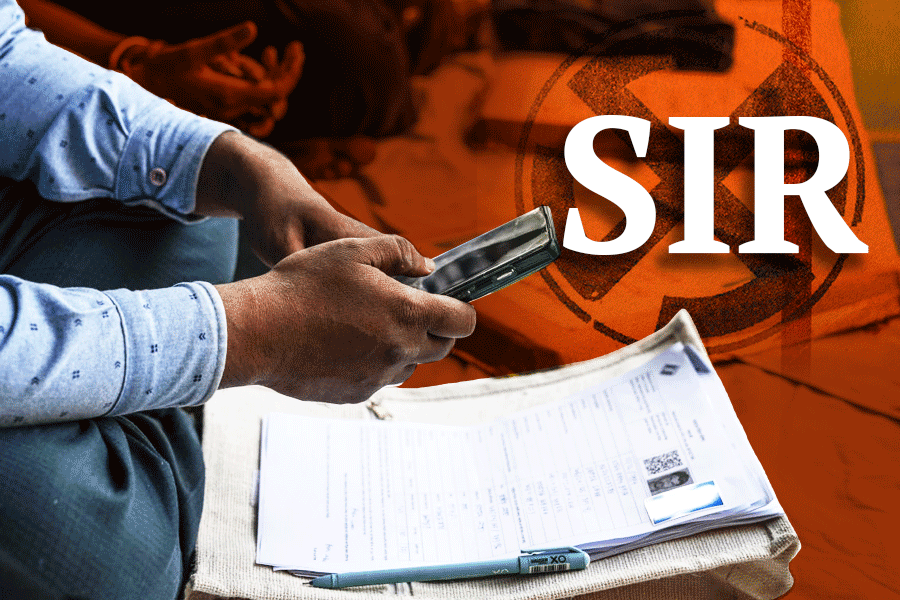 |
It’s been four years since Vinita Sharma (name changed) was groped in a Delhi mall. The bitter memory of that day had been haunting her since then. A man suddenly brushed his body against her back and then, in a few seconds, ran his hands over it. She stood helpless as he disappeared into the crowd. The experience was traumatic, but what hurt Sharma equally was that she couldn’t share it with anyone.
Sharma has now found a way to express her anger — she is a hollabacker, or a member of Delhi Hollaback, an online forum that seeks to fight sexual harassment. She wrote on its wall about her experience, and felt the weight of anger lift. “I desperately wanted to expunge this episode from my life but could not do so because there was no place to share it,” says the teenager. “Now I am better equipped to fight such incidents, as other Hollabackers have shown empathy and suggested ways to move on.”
According to the National Crime Records Bureau, more than 11,000 women faced sexual harassment in India in 2009-10. This is merely the number of women who lodged a complaint. Most women tend to ignore street abuse — for the process of going to the police is often equally troublesome.
Several websites are now coming to their aid. Apart from Hollaback — another word for “holler back” — Blogbharti and Blank Noise help women battle men who grope. Some of the other popular sites are Just Femme, Gender Masala and Sense and Sensuality. The Mumbai chapter of Hollaback started in January, while Hollaback Delhi was conceived four months ago by four city college girls.
“We wanted the title of the forum to be cool, urban and hip,” says Emily May, executive director of the New York-based Hollaback. “When we thought of Hollaback, we knew it was perfect,” she says.
Some of these websites started out as a forum for discussions on women’s issues but gradually turned into a one-stop platform to help and advise women.
“We try to co-ordinate with government organisations such as the police and hospitals for any action that needs to be taken in a particular incident,” says Padmalatha Ravi of the Bangalore-based Just Femme. “We also organised an international film festival on women in Bangalore and have plans for gender sensitisation programmes specific to sexual harassment.”
Some sites clarify that they are not anti-men forums. “Our idea is to fight against the oppressive and outdated social structure which forces both men and women into false and antagonistic positions,” says Sarojini Sahoo, who created Sense and Sensuality in 2006. “This is a platform to voice women’s concerns rather than demean men.”
The organisers try and keep their groups engaging and interactive. Blank Noise showcases comic strips to tell women how they should be ready to say “I never asked for it”. Delhi Hollaback has an interactive Google map in which bloggers can identify a place where an incident of harassment has taken place, so that others can be warned.
In a couple of cases, the organisers have helped victims lodge and follow up police complaints. “We also encourage writers to take a picture of the attacker, if possible, and upload it on the blog,” says Anandi Bandyopadhyay, one of the four initiators of Delhi Hollaback.
 |
Hollaback Mumbai looks at legal issues by giving women a window to all possible legal resources, including contact details of organisations such as the National Commission for Women and the Lawyers Collective. It also offers self-defence training to members. Blogbharti has stories related to human rights and activists who advise bloggers.
“You get the strength to tackle issues such as sexual violence,” says Payal Dhar, a regular blogger with Just Femme. “It lets you know that you are not alone and that in itself helps you fight back. Generally, society tells women to shut up and put up with it, or blames them for the violence they suffer, or even asks them to change their behaviour. So meeting others who will listen with a sympathetic ear and share your outrage is empowering in itself,” she says.
Street harassment is not the sole issue that the groups deal with. Other kinds of abuse — such as getting lewd mail or text messages — are also addressed. Blank Noise has posted a few questions to explain what “eve teasing” — a term used widely in India to denote harassment — entails. These questions range from “How did you confront it?” to “How was this experience different from the threat of being sexually assaulted or harassed on the street?”
The people behind the sites say women have been responding in great numbers, possibly because they don’t have to identify themselves. Sahoo’s Sense and Sensuality site has at least 1,200 visitors every month and has so far been visited by 27,000 people. Delhi Hollaback has some 4,380 active visitors.
“Sharing the problem with strangers is also much easier than talking to people you know, for the latter can get judgmental,” Sharma adds. The director of the Centre for Women’s Research, Ranjana Kumari, agrees. She believes that such online forums help women “break their shackles” and talk about harassment openly.
But with only a minority of India women having access to the Internet, anchors of these websites also admit that the sites have their limitations. “Blogging is still not that popular in India and this is the biggest challenge we face. So we want to make it popular among college students, who would have access to the Internet,” says Bandyopadhyay.
Kumari, however, has a word of caution. “The Internet is a dicey medium. Since anyone can join in, wrong advice may worsen the situation for a woman. One should be careful about who is advising,” she says.










